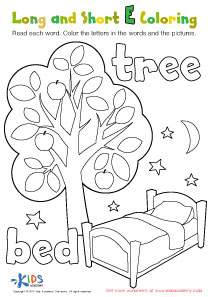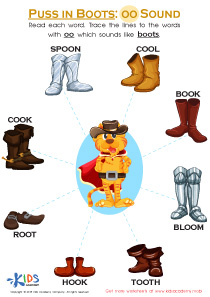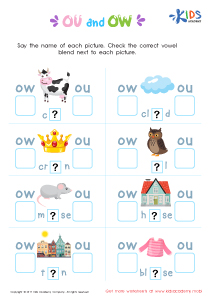Vowel Recognition Normal Long And Short Vowel Worksheets for Ages 7-8
4 filtered results
-
From - To
Enhance your child's reading skills with our Vowel Recognition Normal Long and Short Vowel Worksheets, specially designed for children aged 7-8. These engaging worksheets help kids identify and differentiate between long and short vowel sounds, making learning fun and interactive. With colorful activities, children will practice vowel recognition through various exercises, including word searches, matching games, and fill-in-the-blank activities. Our resources are easily printable and aligned with educational standards, ensuring that your child builds a strong foundation in phonics. Foster a love for reading and improve literacy skills with these essential vowel recognition worksheets! Perfect for home or classroom use!
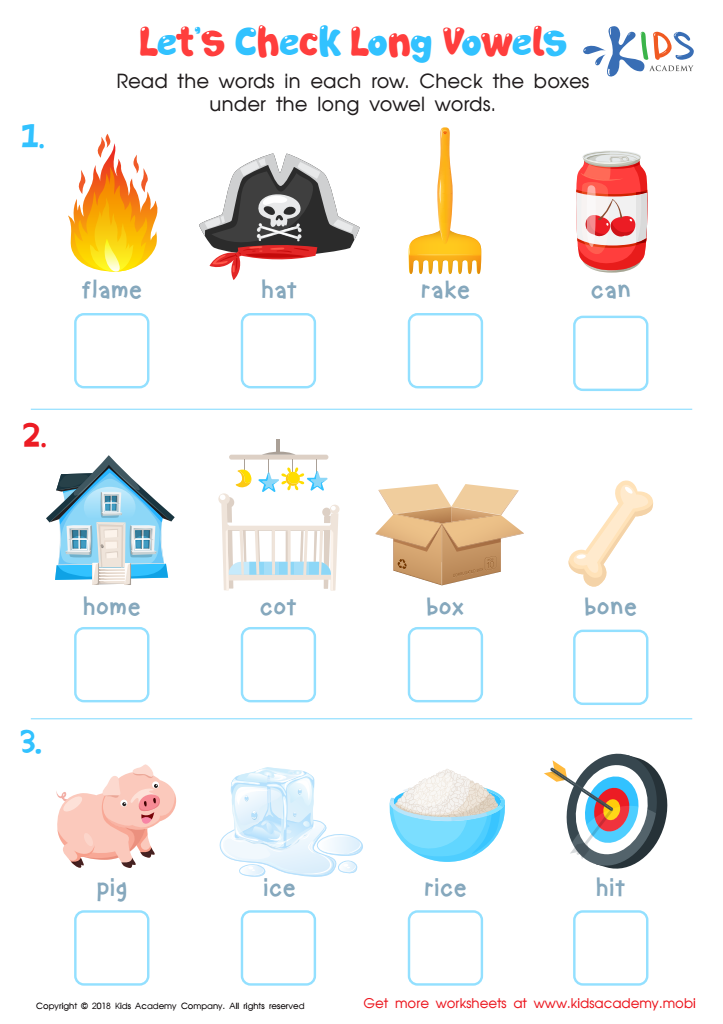

Let's Check Long Vowels: Assessment Worksheet
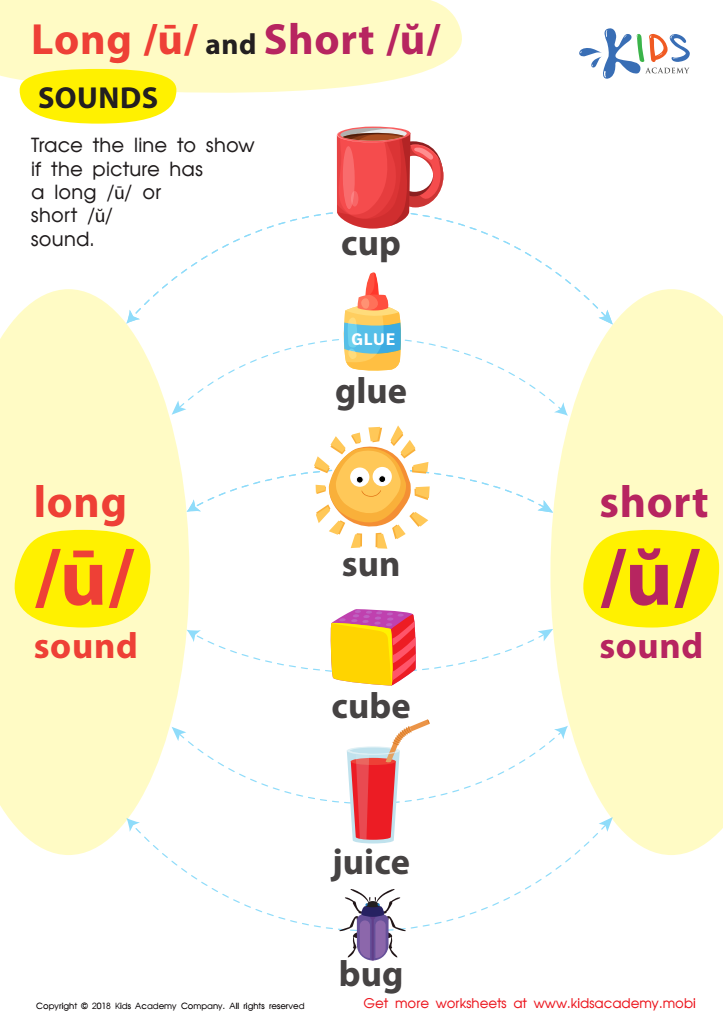

Reading: Long U and Short U Sounds Worksheet
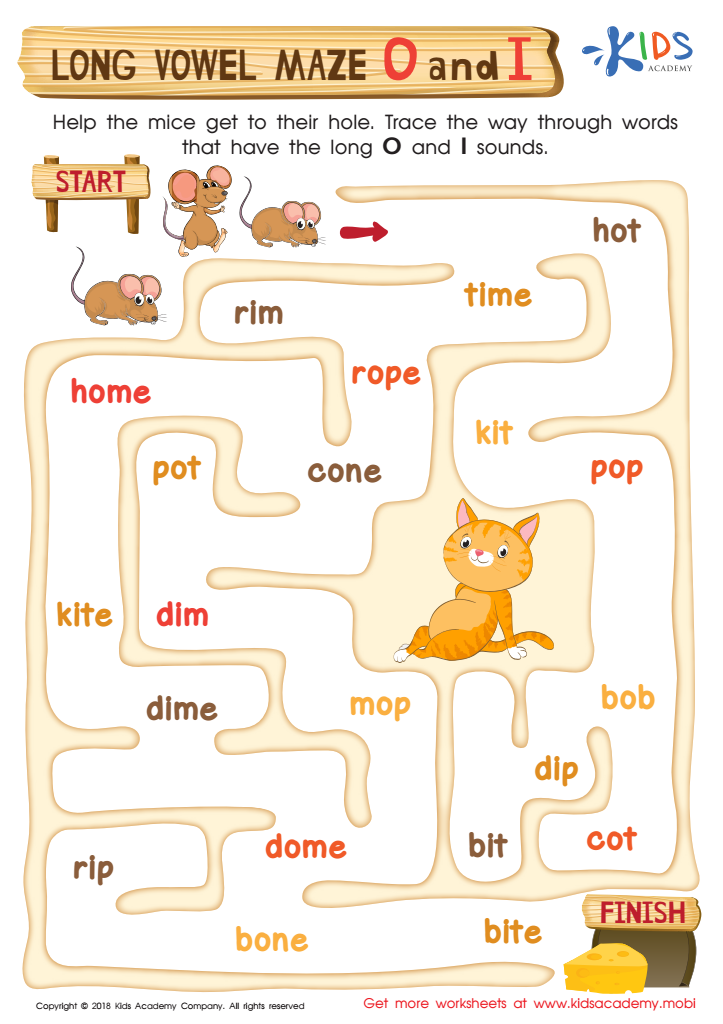

Long Vowel Maze /o/ and /i/ Worksheet
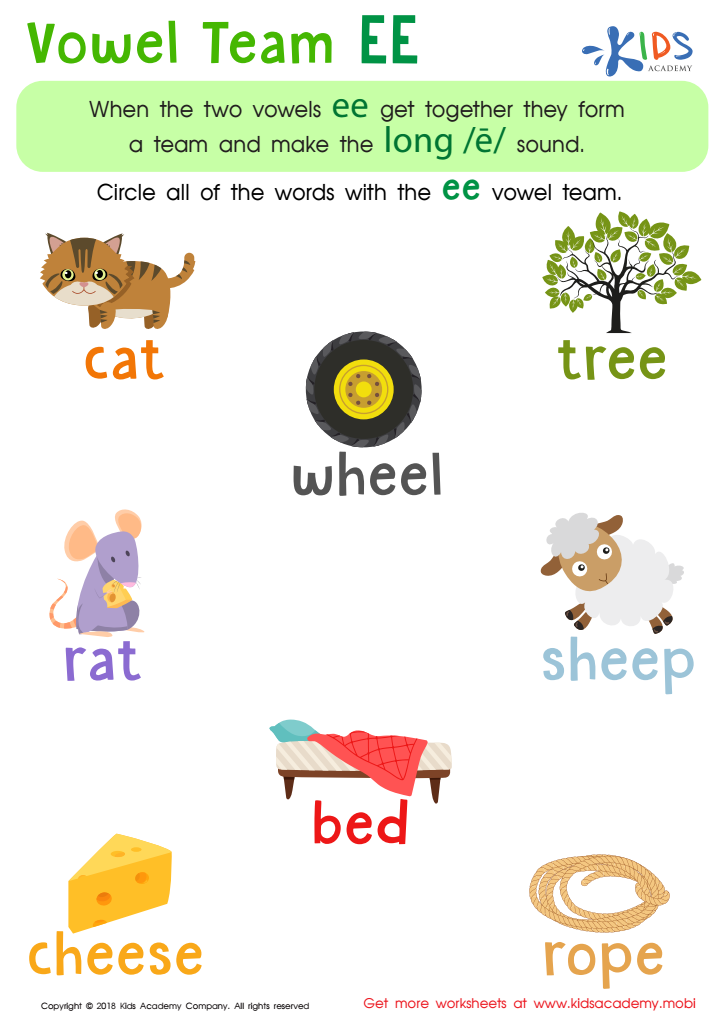

Reading: Vowel Team EE Worksheet
Vowel recognition, especially understanding normal long and short vowels, is crucial for children aged 7-8 as it lays the foundation for their reading and writing skills. During this stage of development, children are transitioning from learning to read to reading to learn. Mastering vowel sounds aids in decoding words, which enhances their reading fluency and comprehension.
Understanding long and short vowels helps children recognize patterns in words, making them more confident readers. For instance, they learn that “cat” has a short vowel sound while “cake” has a long vowel sound, significantly altering the meaning. This awareness is essential for their vocabulary growth and equips them with tools to tackle unfamiliar words.
Additionally, strong vowel recognition skills contribute to better spelling. Children can understand the morphological structure of words, making spelling strategies more effective. When parents and teachers emphasize vowel recognition, they foster not only literacy skills but overall academic success.
As children engage with various texts in school and at home, their ability to distinguish between long and short vowels will enrich their reading experiences, ultimately igniting a love for literature and learning. This foundational knowledge also contributes significantly to their future educational endeavors.
 Assign to My Students
Assign to My Students






